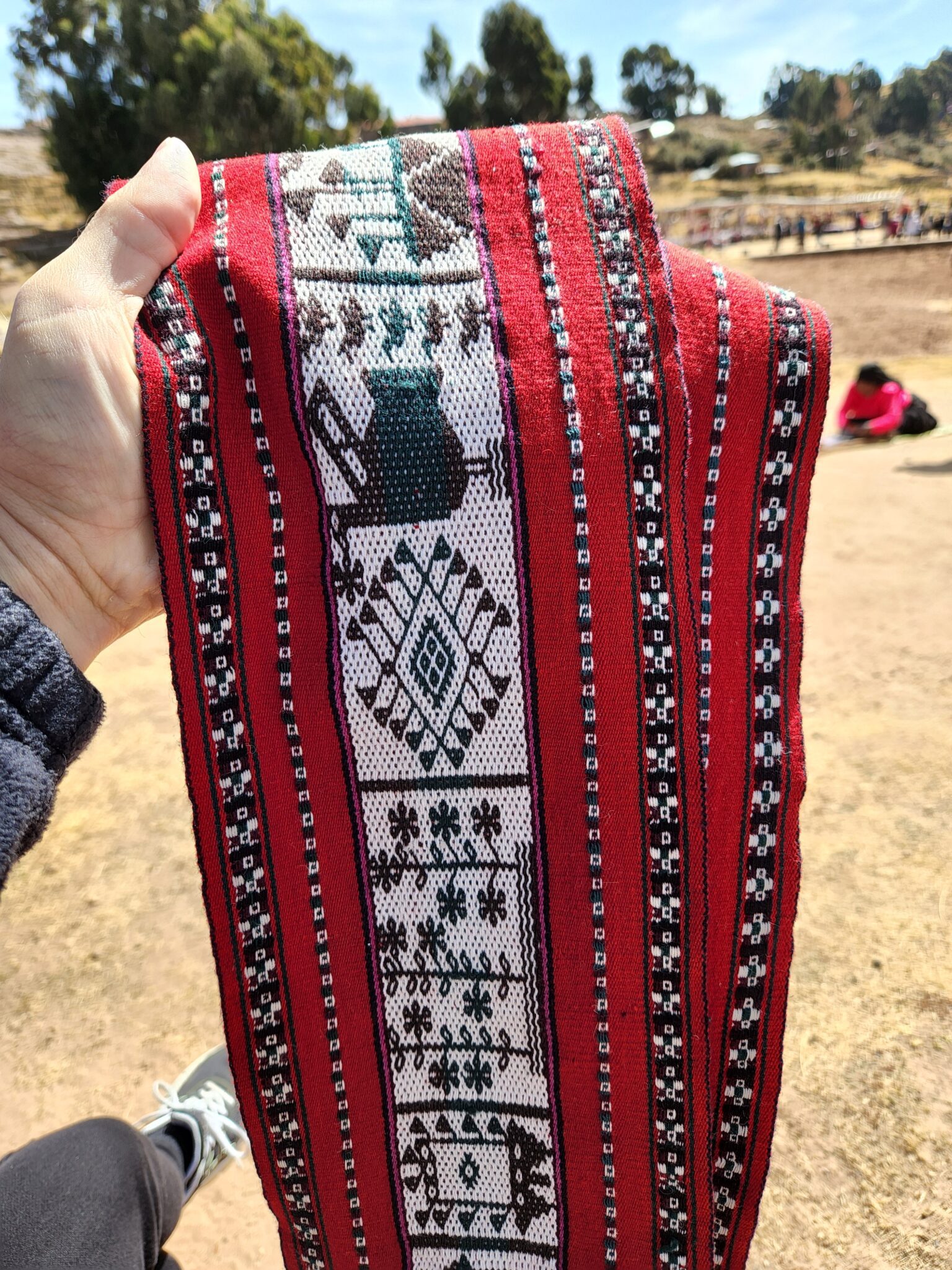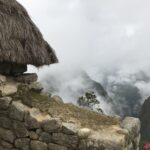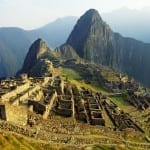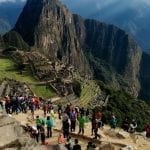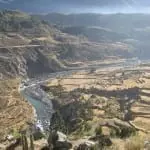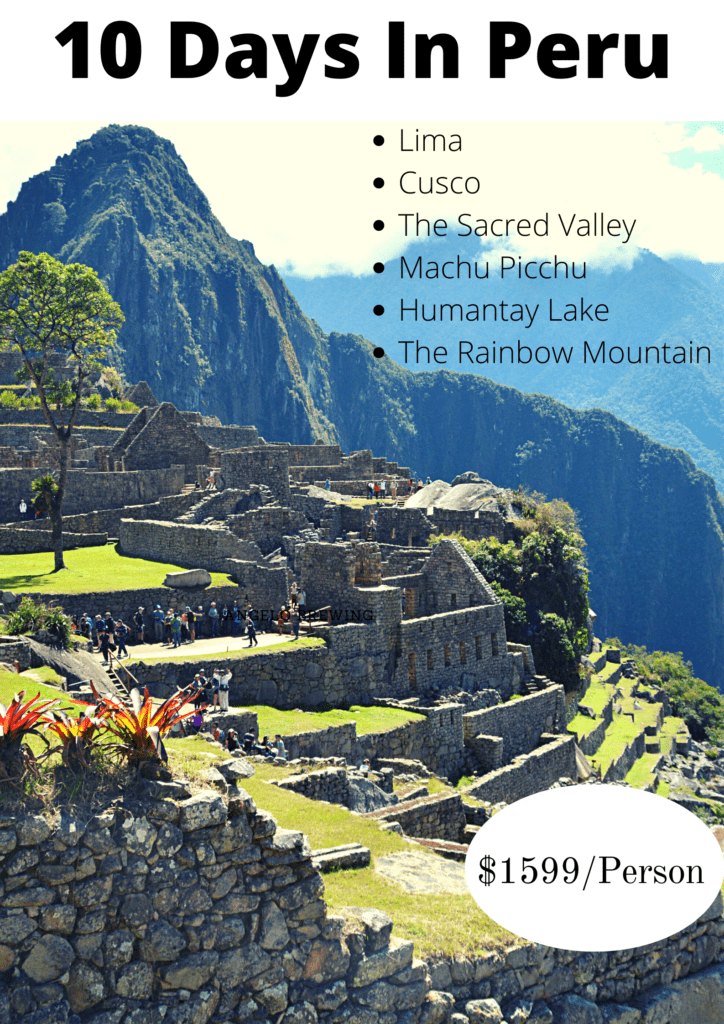Spending Semana Santa and Easter in Peru
James Bustamante is Native to New York but born to Peruvian parents. He has been traveling throughout Latin America since early 2003 and finally made his home in Peru. James has made his way by eating and traveling through almost every country in Central and South America.
Last Updated on April 10, 2025 by James Bustamante
Easter is celebrated by Christians worldwide towards the end of Holy Week; in parts of Latin America, it is known as “Semana Santa.” The popular date celebrates the resurrection of Jesus Christ and is considered the most important event in the entire Christian calendar.
In many parts of the world, it is considered a time of spiritual reflection, celebration, and renewal, often marked by church services, family gatherings, and symbolic traditions like Easter eggs and big family dinners.
Like in many countries, Easter in Peru goes beyond a single day. It is a deeply rooted cultural and religious experience that blends Catholic traditions introduced by the Spanish and local indigenous traditions. Semana Santa is observed throughout the country with processions and elaborate religious displays, making it a vibrant and spiritually rich time to take a Peru vacation.
One of the most fascinating aspects of Easter in Peru is the rich fusion of Catholic and Andean beliefs, a cultural blend that has evolved since the Spanish conquest. While the religious framework of Semana Santa follows Catholic tradition—with processions reenacting the Passion of Christ, church masses, and veneration of saints—many of the customs are infused with indigenous symbolism.
For example, you’ll see locals wearing traditional Andean attire, playing native instruments, and incorporating elements like flower carpets, coca leaves, and ceremonial dances during something that is deeply catholic. In highland regions like Cusco and Ayacucho, which are locally known for being close to their Andean culture, you’ll also find Catholic icons that are often paraded through streets, symbolizing a spiritual fusion between two worlds. This unique aspect gives Peruvian Easter celebrations a distinctive soul—where ancient Andean reverence for nature and the cosmos meets the Catholic devotion that came in with the conquistadors.
Why is Peru a Memorable Destination For Easter?
Peru is an unforgettable destination for Semana Santa and Eater thanks to its breathtaking mix of spiritual devotion, rich culture, and awe-inspiring natural beauty. Whether you’re witnessing candlelit processions snaking through the cobbled streets of Ayacucho or standing among thousands in Cusco as the revered Señor de los Temblores icon is carried through the ancient city, the atmosphere is both moving and quite impressive. Each region brings its own local flair—blending pre-Columbian customs, Spanish Catholic traditions, and strong communal ties.
Add to that Peru’s stunning landscapes, from the Andean highlands to the coastal city of Lima, and you have a deeply immersive cultural experience unlike anywhere else. Semana Santa in Peru is felt, lived, and celebrated with passion by Peruvians and, in many cases, the many visitors as well. Everyone is always encouraged to take part in the celebrations and not just watch from the sidelines.
The Introduction of Catholicism in Peru
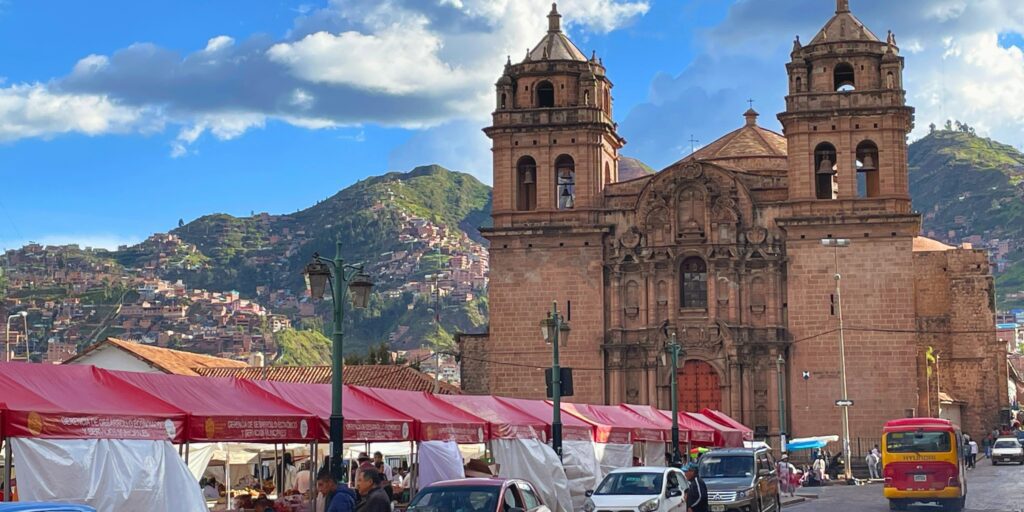
Catholicism made its arrival in n Peru with the Spanish conquest in the early 16th century. Conquistadors and Catholicism would then permanently change Peru’s spiritual and cultural landscape by merging with local traditions.
Spanish missionaries from mostly Franciscan, Dominican, and Jesuit orders were given the task of converting the local population to Catholicism from their local belief system. This was ultimately achieved by integrating local celebrations and Christian teachings. During this time, Churches were built atop sacred Inca sites, and Catholic saints were sometimes associated with indigenous deities to ease the transition. Over many years, Catholicism became deeply rooted in Peruvian society, with the interesting caveat of never fully erasing local beliefs and indigenous traditions.
Instead, a powerful fusion of beliefs emerged in the local population, one that’s visible today in celebrations like Semana Santa, where travelers will witness Christian ceremonies that blend effortlessly with ancient Andean customs.
What Semana Santa Means to Peruvians
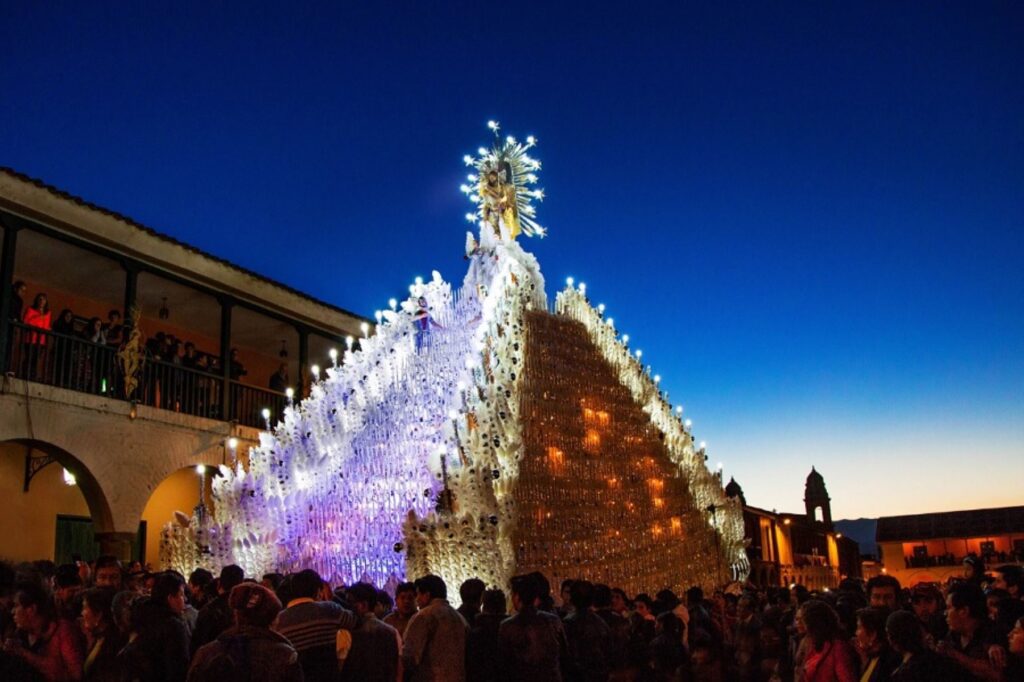
For Peruvians, Holy Week, or “Semana Santa,” is far more than a simple time of the year to be religious —it’s a time of deep reflection, cultural pride, and family unity. All three aspects are fundamental not just in Peru but throughout Latin America. It marks a sacred pause in the year when communities come together to honor centuries-old traditions passed down through generations. Whether in a bustling city or a quiet Andean village, Semana Santa reflects the heart of Peruvian identity—a blend of faith, history, and resilience that brings people together in reverence and celebration.
When is Easter Celebrated in Peru?
In 2025 Semana Santa (Holy Week) and Easter will take place between Sunday, Apr 13th and Sunday, April 20th, for those wondering. To be a bit more comprehensive on the dates, Easter in Peru, like in many parts of the world, is a movable feast based on the liturgical calendar. Easter in Peru, as in other parts of the world, will fall on the first Sunday after the first full moon following the March equinox. This typically lands between late March and mid-April every year. However, in Peru, the celebration spans an entire week known as Semana Santa (Holy Week), beginning on what is known as Palm Sunday and ultimately ending on Easter Sunday. Each day carries its own significance—Holy Thursday and Good Friday are especially important, often marked by processions, reenactments of the Last Supper and Crucifixion, with large public gatherings. Schools usually close for part of the week, making it a religious event and a national time of reflection, travel, and community celebration.
Easter Celebrations in Top Peru Destinations
Spending Holy Week and easter in Peru will be entertaining, but did you know various destinations celebrate the holidays in different fashions? In Lima for example, Semana Santa blends solemn religious traditions with the rhythm of a modern metropolis. The historic center comes alive with processions that pass by colonial-era churches, such as the Basilica Cathedral and Santo Domingo. On Good Friday, many residents visit seven churches, a tradition known as La Visita de las Siete Iglesias, meant to honor the seven stops Jesus made before his crucifixion. While the capital’s observances are more subdued than other regions, you’ll still see families dressed in black for mourning, flower-strewn streets, and traditional meatless dishes served in homes and restaurants. It is common for families in Lima to head to the beach for the long weekend, combining faith with relaxation and spending time.
Destinations like Cusco, Arequipa, and Ayacucho celebrate Semana Santa in their own way. These celebrations in these highlands cities offer a deeply rooted tone that feels as if you were stepping back in time.
In Cusco, the highlight is the “Señor de los Temblores,” a procession on Holy Monday honoring the “Lord of the Earthquakes,” a sacred image believed to have stopped a devastating quake that took place in 1650. Thousands gather in the Plaza de Armas (Main Square) as the blackened image of Christ is carried through the city, accompanied by incense, traditional chants, and red ñucchu flowers—an offering of Andean origin.
Arequipa, on the other hand, offers a more intimate experience, with beautifully choreographed processions, candlelit vigils, and traditional music echoing through its baroque cathedrals and churches.
But it’s Ayacucho that truly steals the show—its ten-day celebration is the most elaborate in Peru, with over 30 processions, stunning floral decorations, fireworks, and a mix of solemnity and joy. The celebrations in Ayacucho are famous throughout Peru, and thousands flock to the highland city to take part in the festivities. The entire city transforms into a living theater of faith, making it a bucket-list destination for experiencing Semana Santa in all its spiritual and cultural richness.
Food During Semana Santa
As with everything in Peru, food plays a vital role in Semana Santa,, especially given the religious tradition of abstaining from red meat during Holy Week. Families get creative thanks to the fresh produce and various ingredients available in a culinary destination like Peru. Many meatless dishes rooted in both Catholic and Andean culinary heritage are prepared. One of the most beloved is “Chupe de Viernes”, a hearty soup made with fish, eggs, Andean cheese, and native Peruvian potatoes. Dishes like “escabeche de pescado” (marinated fried fish), “ají de arvejas” (a potent pea stew), and “rocoto relleno sin carne “(spicy stuffed peppers without meat) are also typical.
Desserts are just as popular, with delicacies like “mazamorra morada”—a sweet purple corn pudding flavored with cinnamon and various dry fruits—quite common. During processions, street vendors often sell traditional sweets and bread to add to the festive atmosphere. On Easter Sunday, families will typically gather for a big meal that may include meat again, marking the end of Lent with joy, abundance, and a whole new set of delicious Peruvian dishes you can try.
Tips For Semana Santa Travelers
Having the privilege to travel around Peru during Semana Santa can be a rewarding experience, so making sure the trip goes as smoothly as possible and planning ahead will definitely go a long way. If you’re thinking of heading to places like Cusco or Ayacucho, book your accommodations and flights early because those destinations will be packed.
Remember that you aren’t just competing for the privilege of attending their celebrations with international travelers but also many Peruvians from other parts of the country. The processions are beautiful but will also bring big crowds, so it’s a great move to stay somewhere central so you can walk around easily and explore the cities.
When it comes to attending religious events, try to dress modestly—it shows respect, and people will appreciate it. Picking up a few words in Spanish or even Quechua (The local Andean language) can go a long way, too—natives are usually really warm and welcoming when they see you making an effort. Remember that Holy Thursday and Good Friday are pretty sacred, so some shops and restaurants may be closed or have shorter hours. If you have a guided tour, it’s reading up on the traditions—it makes everything feel more meaningful. Lastly, take all the photos you want, and just be mindful—some moments are very spiritual for the people participating.
Conclusion
Traveling to Peru for Easter is more than just a trip—it’s a sole experience in a local culture where faith, tradition, and community merge to offer a once-in-a-lifetime vacation. From the candlelit processions of Ayacucho to Cusco’s rituals, Semana Santa gives travelers a rare glimpse into Peru’s spiritual heart. Whether it is the local history that draws you, the unique and delicious local dishes, or the sheer emotional intensity of the celebrations, experiencing Holy Week here will stay long after the incense fades and the flower carpets are swept away. Easter in Peru might be the perfect time for you to have a meaningful, soul-stirring travel experience. Remember to book your trip several months in advance since April is part of the high season, and visiting during the holy week can make reservations more challenging. Contact one of our travel advisors today for a free itinerary.

